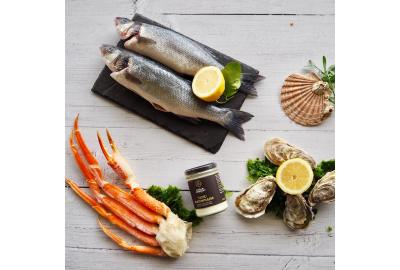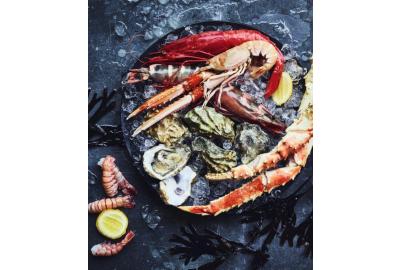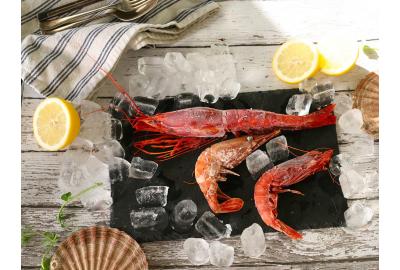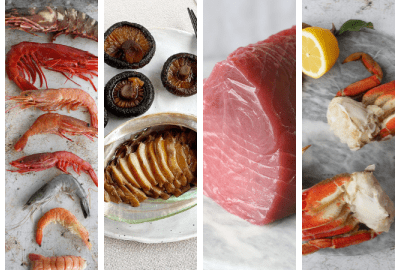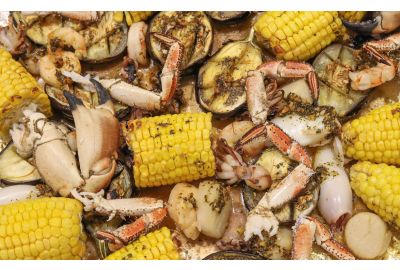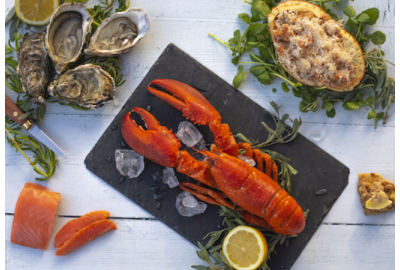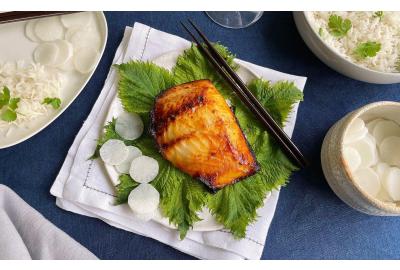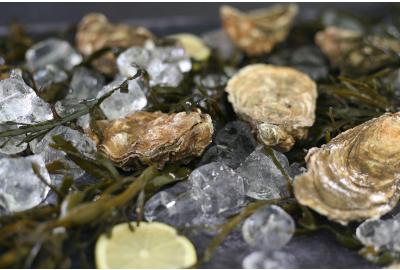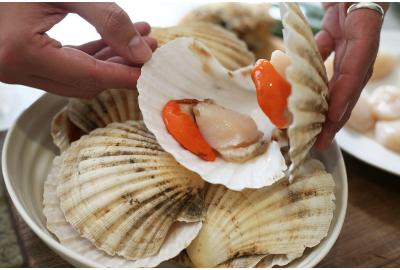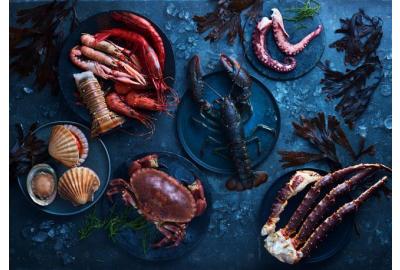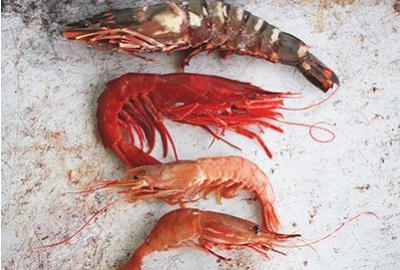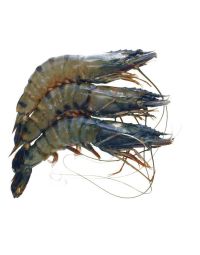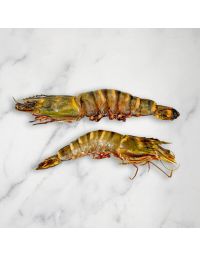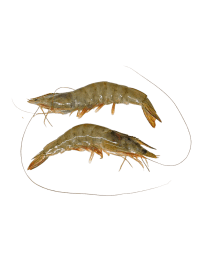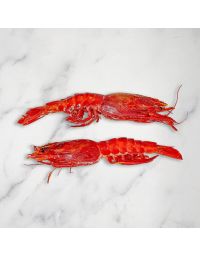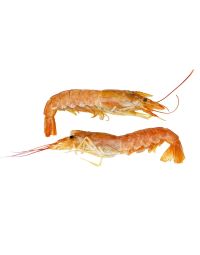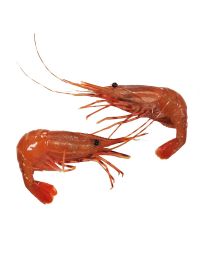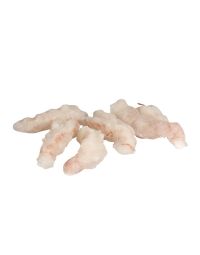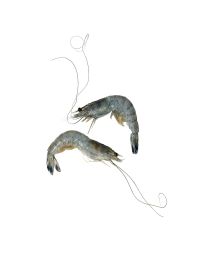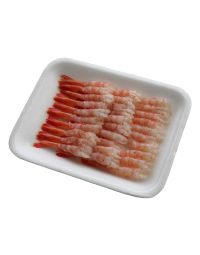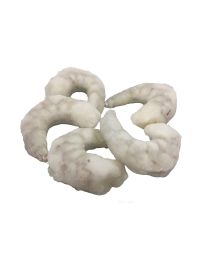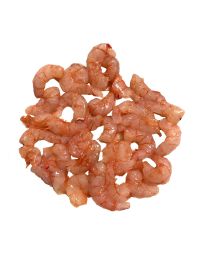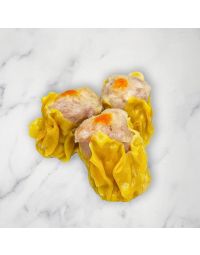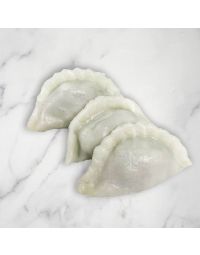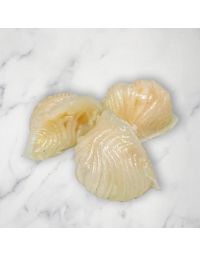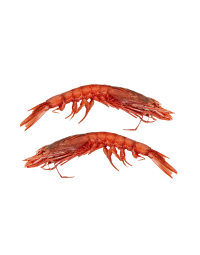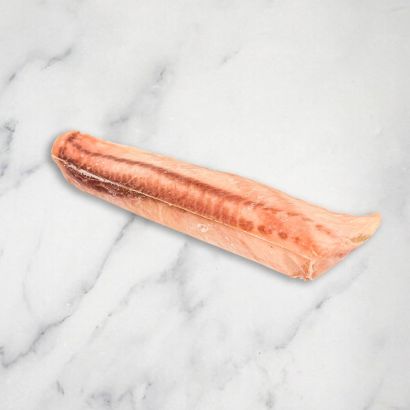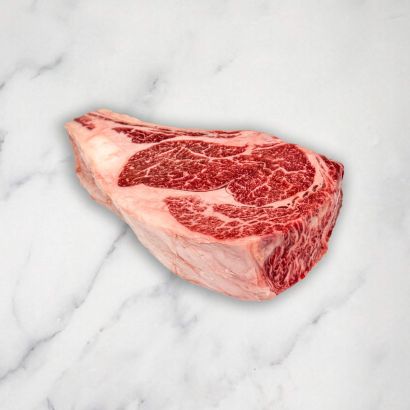Few ingredients are as versatile, satisfying, crowd-pleasing, and easy to cook as prawns. Whether pan-fried in garlic butter, grilled on open flames, or poached for a prawn cocktail, prawns are a go-to ingredient that works across many cuisines around the world and in casual to fine-dining occasions.
Prawns also vary more than many home cooks realise. From large, meaty king prawns, to black tiger prawns, to the intensely flavoured and visually striking carabineros, each variety brings its own texture, sweetness, and ideal cooking method. If you’re working with wild-caught whole prawns or frozen shelled tails, knowing how to cook prawns properly is the key to getting the most flavour and the best texture from this delicious shellfish.
At Fine Food Specialist, we are proud to source the highest quality prawns available from around the world. From raw whole gambas to frozen breaded torpedo prawns, ready for the pan or fryer, here’s how to make the most of them in your own kitchen.
Key Takeaways
- Understand the differences between our different prawn varieties
- Learn how to prepare, cook, and season prawns perfectly
- Explore ideal methods: sautéing, grilling, poaching, and roasting
- Get recipe inspiration and discover where to shop the best prawns online with next-day delivery

Types of Prawns and How They Cook Differently
Choosing the right prawn for the dish is half the battle. Here are the most popular types available on our website, and how to use them:
King Prawns
Firm, sweet, and sizable, king prawns are perhaps the most recognisable. Their consistent shape makes them excellent for even cooking and attractive presentation. They're ideal for stir-fries, curries, or quick pan-frying, and they also hold their shape well in dishes like prawn pasta or paella.
Looking for inspiration? Check our Breaded Torpedo King Prawns for a quick, indulgent appetiser.
Black Tiger Prawns
Black tiger prawns are easily spotted by their dark stripes and bold flavour. They’re larger and meatier than king prawns, and they cook beautifully on the grill or BBQ. Their shell adds flavour when cooked whole, and they absorb marinades particularly well.

Tiger Prawns
Jumbo tiger prawns make a great impression with their extra-large size and sweet meat. Known for their stripes and robust texture, they’re perfect for grilling, pan-frying, or adding to seafood platters. Their thick shells lock in flavour when cooked whole, and they soak up marinades and spices beautifully. They’re also a standout in fresh, seasonal salads, adding a satisfying bite and rich seafood flavour to lighter dishes.
(please add an image and the link open new tab to the video https://www.youtube.com/watch?v=M8gN8mVuMCw)
Jumbo Tiger Prawn with a Chicory and Tardivo Salad Recipe
Carabineros Prawns
Known for their intense red colour and deep, briny flavour, Carabineros are loved by chefs for their luxurious taste. These prawns are best treated simply: roasted or grilled whole to savor the head juices. Their boldness shines in paella, risottos, or minimalist pasta dishes with butter and garlic.
Discover their depth in our Squid Ink Risotto with Carabineros Prawns.
Botan Ebi Wild Spot Prawns
These translucent prawns are loved in Japanese cuisine for their sweet, creamy flesh. Best served raw as sashimi or lightly poached, Botan Ebi are often enjoyed with a touch of citrus or soy. The heads can be deep-fried for a crunchy contrast. Their flavour is subtle, so keep seasonings minimal to highlight their natural sweetness.
Vannamei White Prawns
One of the most versatile and widely used shrimp, Vannamei White Prawns have a mildly sweet flavour and medium firmness. They perform well across all cooking methods: boiling, stir-frying, grilling, or deep-frying. Ideal for weeknight dinners and recipes that call for peeled and deveined shrimp like tacos, pasta, and stir-fries, as well as the iconic shrimp cocktail!
Sicilian Gambero Rosso Prawns
Vivid red even when raw, Gambero Rosso are some of the finest prawns in the world. With a sweet, almost umami-rich profile, they stand out raw, marinated, or lightly seared. Use them in crudo, carpaccio, or gently poached in olive oil. Their richness pairs well with citrus, herbs, or delicate oils.

Obsiblue Prawns
These rare, deep-blue prawns from New Caledonia are naturally sweet with a buttery, delicate flesh. Best enjoyed raw, Obsiblue are perfect for refined crudo dishes or gentle poaching. Their flavour is subtle, making them ideal for dishes with minimal seasoning and light, citrus-based sauces.
Wild Argentinian Prawns
With a naturally pink colour and robust flavour, these prawns are ideal for high-heat cooking methods. Their rich taste makes them perfect for grilling, pan-searing, or tossing into bold stews. They're particularly well-suited for Mediterranean-style dishes with tomatoes, olives, and herbs, like Shrimp saganaki for instance.
Brown Shrimp
Smaller and more delicate, Brown Shrimp are known for their sweet, earthy flavour. Often used in Northern European cuisine, they’re best boiled or sautéed quickly and used in salads, open sandwiches, or seafood spreads. Their soft texture also makes them a great addition to light soups or omelets, and can be used to also make a classic potted shrimp recipe.

Nobashi Ebi Prawns
These prawns are pre-stretched and deveined, commonly used in Japanese tempura. Their uniform shape and mild flavour make them ideal for frying. Nobashi Ebi hold their form well, giving that signature straight look in dishes where presentation matters, like sushi or bento boxes.
Wild Rock Shrimp
Rock shrimp have a firm, almost lobster-like texture and a bold, briny taste. Best when grilled, broiled, or butter-poached, they shine in hearty dishes that need a bit of chew. They're excellent in pasta, seafood boils, or as a lobster substitute in bisques and rolls.
Explore our recipe collection of delicious meals recipes for more inspiration.
How to Prepare Prawns for Cooking
Getting prawns ready for the pan is simple but important. Here’s how to do it right:
- Defrosting: If using frozen prawns, defrost them slowly in the fridge overnight or run under cold water for 15–20 minutes. Avoid hot water as it can start cooking the prawns prematurely.
- Peeling: Shelling is optional. Prawns can be cooked shell-on for extra flavour. For ease of eating, peel before cooking, leaving the tail on for presentation if desired.
- Deveining: This step is about both appearance and texture but is optional. Run a sharp knife along the back and pull out the black intestinal vein for a cleaner bite.
- Marinating: A short marinade (10–30 minutes) with garlic, chilli, citrus, or herbs can boost flavour without overpowering the prawn’s natural sweetness.

How to Cook Prawns: Methods & Tips
There’s no one-size-fits-all method, but prawns are fast-cooking and forgiving if you pay attention. Here's how to bring out their best.
Pan-Frying
Pan-frying is quick and adds a lovely sear. Heat oil or butter in a hot pan, add prawns in a single layer, and cook for 1.5–2 minutes per side until they’re pink and lightly golden. This method works well with pre-marinated or spiced prawns, such as chilli and garlic king prawns. Finish with a squeeze of lemon or tabasco and serve immediately.
Boiling or Poaching
Boiling is ideal for cold dishes like prawn cocktail or salads. Simmer prawns gently in salted water (or a court bouillon for extra flavour) for 2–3 minutes until just pink. Transfer to an ice bath to stop the cooking and preserve texture.

Grilling & BBQ
Perfect for tiger prawns or whole gambas. Leave the shell on to protect the meat and add a smoky richness. Cook over high heat for 2–3 minutes per side. Try brushing with a marinade of olive oil, lemon, and smoked paprika.
Roasting or Baking
Roasting brings a rich, caramelised flavour. Toss prawns with garlic butter, arrange in a single layer in a baking dish, and roast at 200°C for 8–10 minutes. This method is excellent for party platters or seafood pasta starters.
(Image AltTag: Guide to cooking different types of prawns including king prawns and tiger prawns)
For more inspiration, visit our It’s All About Prawns blog.

Best Ways to Use Cooked Prawns in Your Cooking
Already have cooked prawns on hand? Here are a few ideas and how to do them well:
Toss into Pasta
Gently warm cooked prawns in a pan with butter, garlic, and white wine, then add linguine or spaghetti. Finish with parsley and lemon zest. It’s a 10-minute dinner with a restaurant feel. Try our Linguine with Shiso Pesto & Langoustines
Add to Curries or Stir-Fries
Drop cooked prawns into a coconut curry or spicy stir-fry just before serving, they only need gentle reheating to absorb flavours without becoming rubbery.
(Image AltTag: How to make a prawn salad)
Make a Prawn Salad
Combine chilled cooked prawns with mango, cucumber, red onion, and a zesty lime dressing for a fresh, light summer meal. Add avocado for creaminess.
You can use our Frozen Prawns for these recipes, they're convenient, high-quality, and ready to use.
FAQs About Cooking Prawns
Can you cook frozen prawns?
Yes, though for the best texture and even cooking, it's recommended to thaw first. If cooking from frozen, add extra time and use gentle heat.
Can you reheat cooked prawns?
Absolutely, but be cautious. Overheating leads to a rubbery texture. Reheat gently in sauce, butter, or broth, just until warm.
How long does it take to cook prawns?
Most prawns cook in 3–5 minutes. They’re done when pink, slightly curled, and no longer translucent.
How to tell when prawns are cooked?
Look for a vibrant pink colour, firm texture, and a gentle “C” curl. An overly tight “O” shape often means they’ve been overcooked.

Final thoughts
Cooking prawns doesn’t require advanced cooking skills, just attention to detail and the right ingredients. Whether you’re preparing a seafood risotto, hosting a BBQ, or assembling a canapé platter, prawns are fast, flavourful, and endlessly adaptable. For additional recipes and inspiration, check our seafood videos.
At Fine Food Specialist, we offer a curated range of fresh and frozen prawns, including wild carabineros, tiger prawns, and ready-to-cook breaded options and dim sum, all available for next-day delivery across the UK.
Explore our prawn selection now and take your seafood dishes to the next level.


